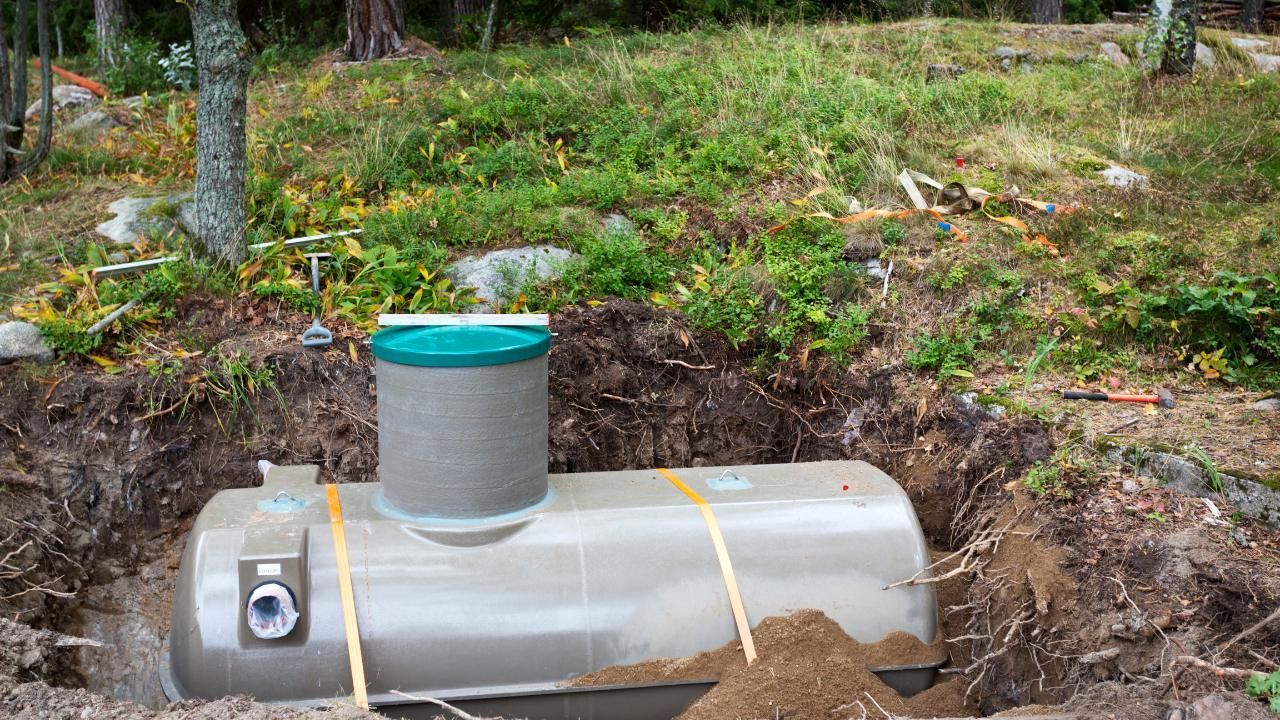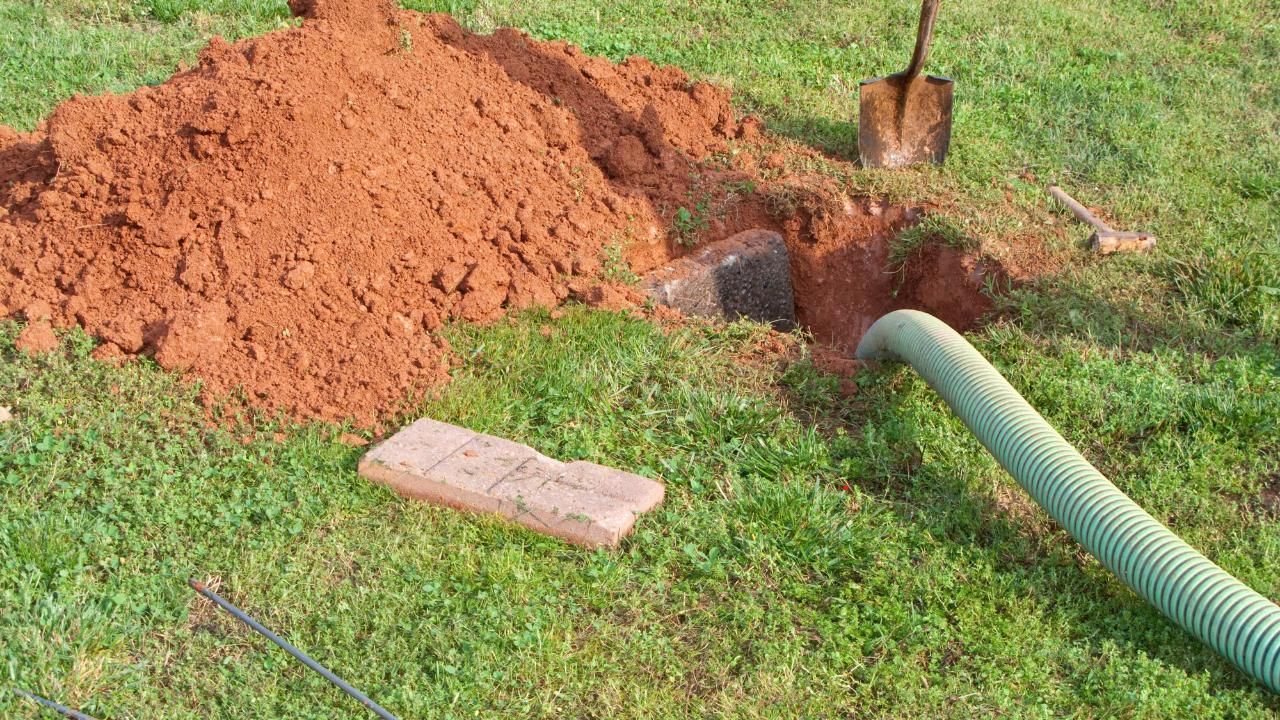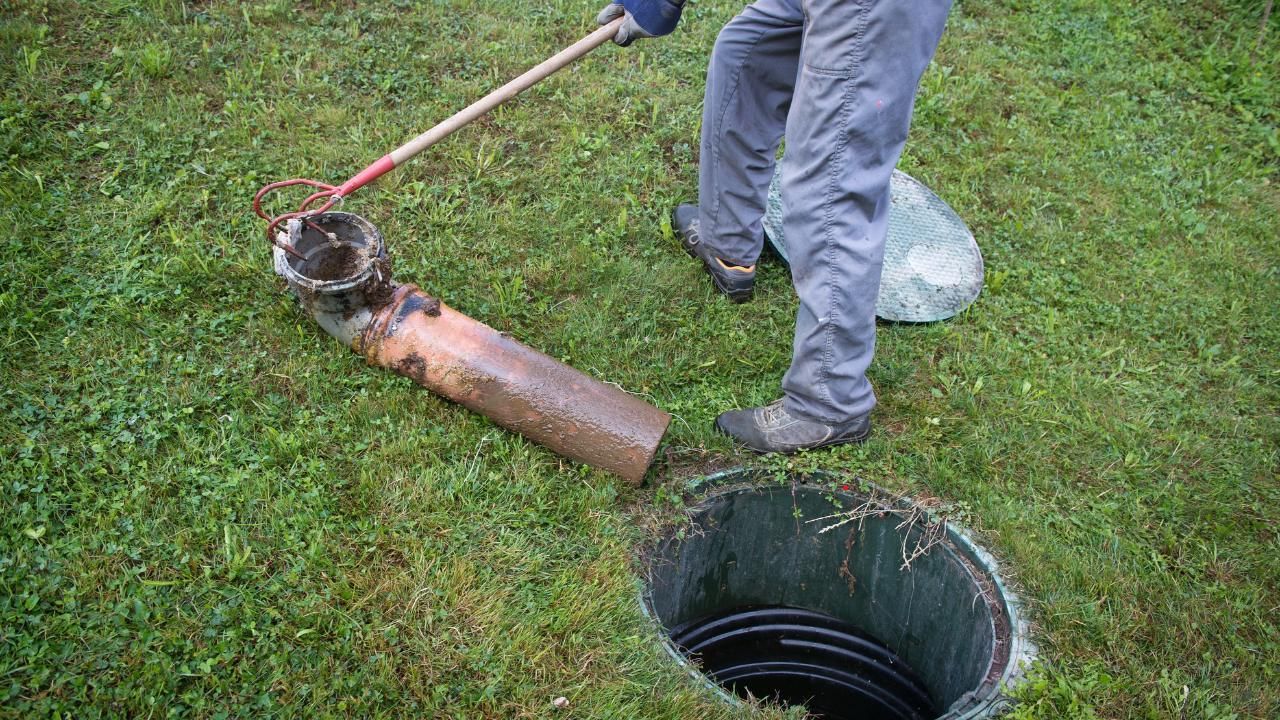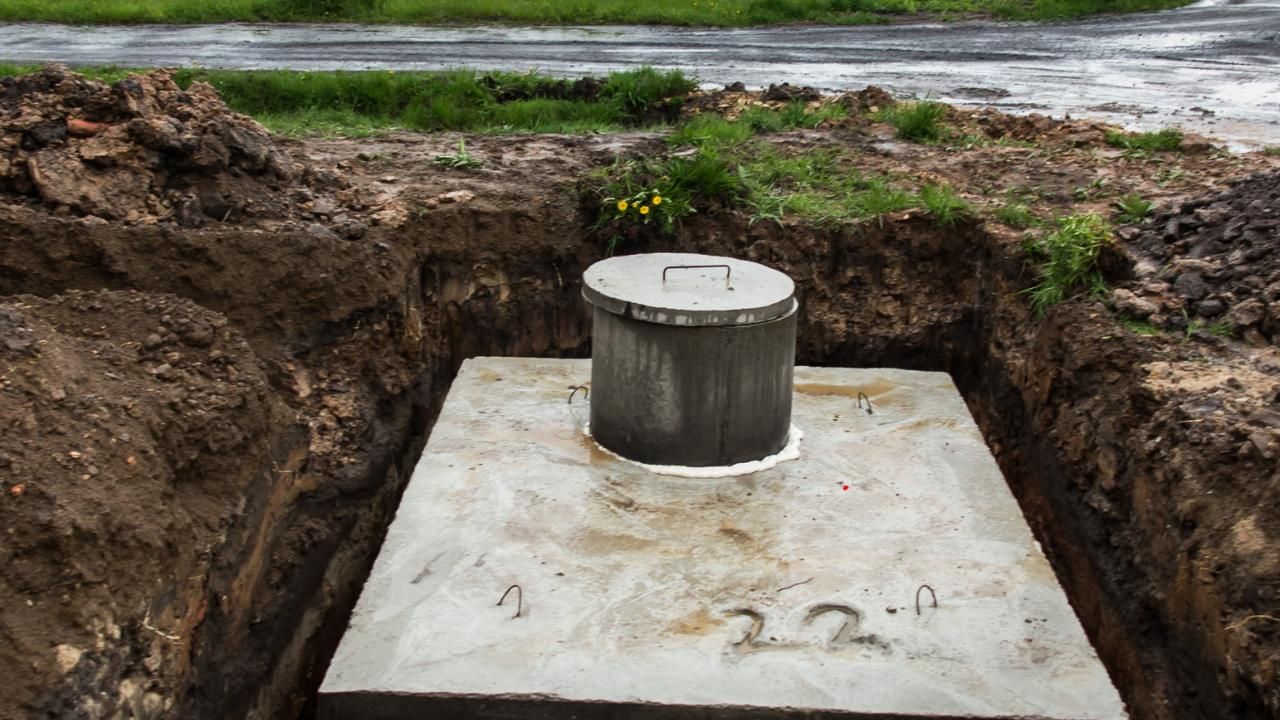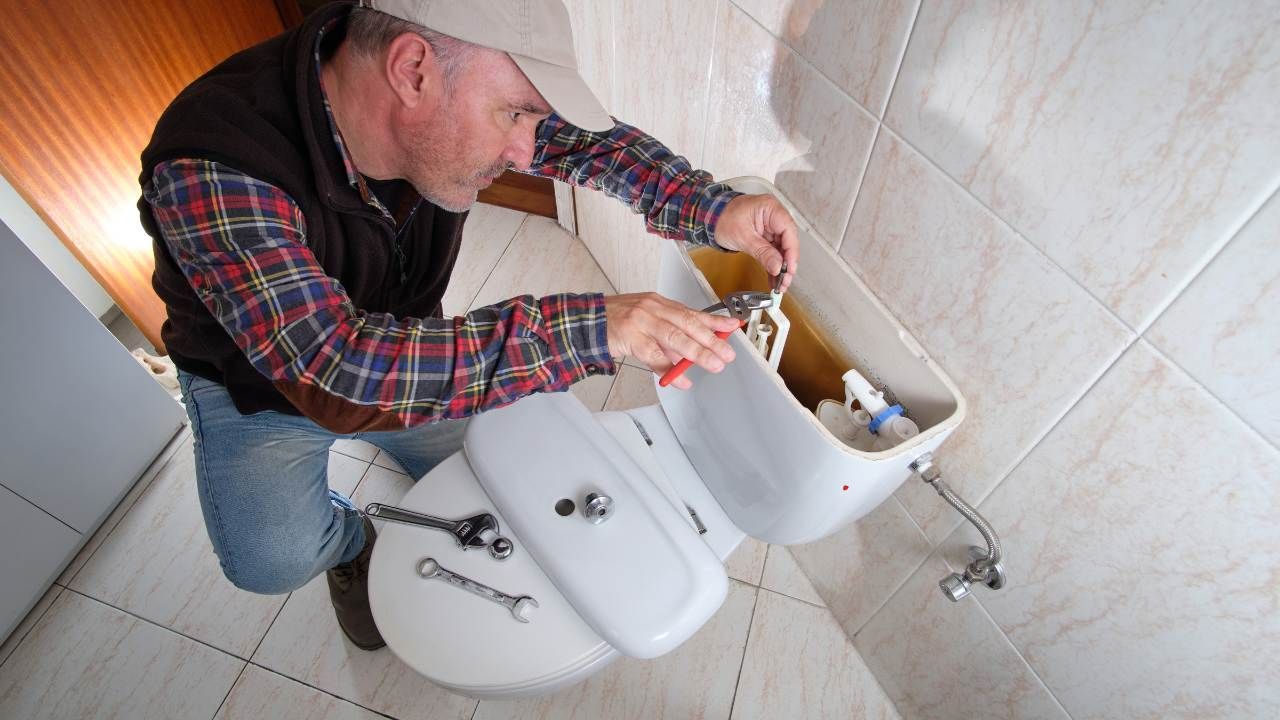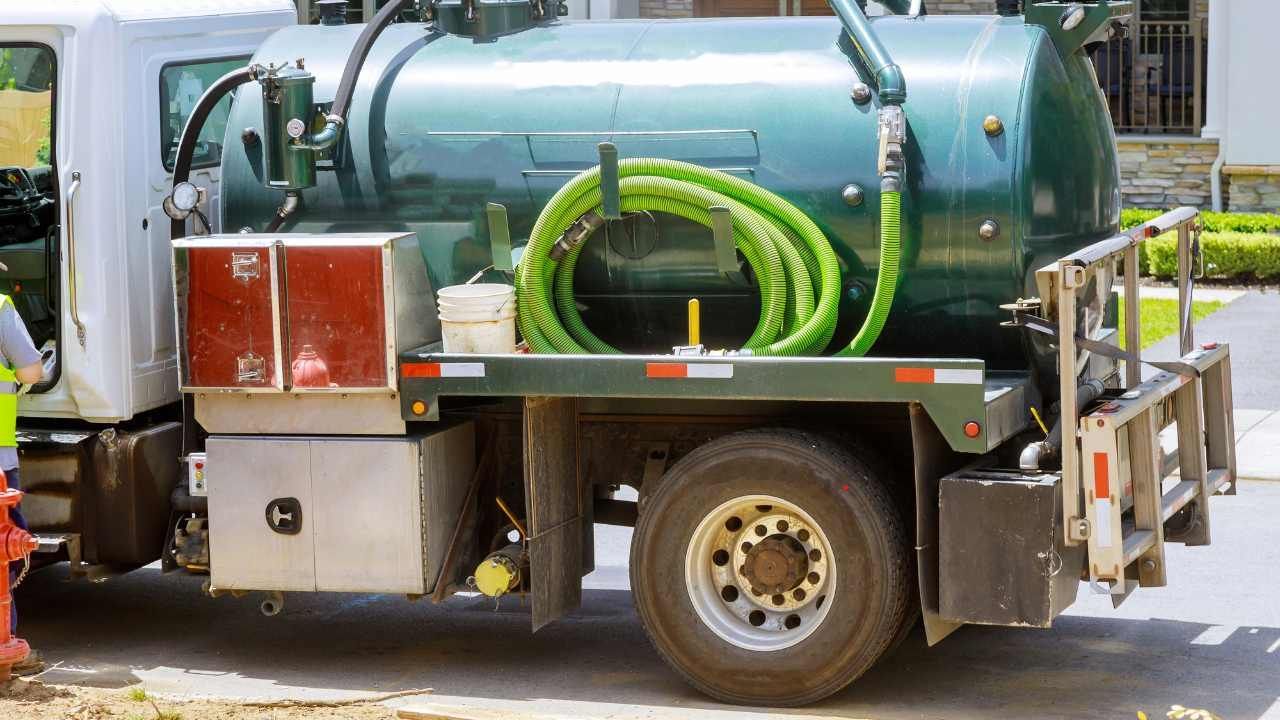Septic Pumping 101: What Homeowners Should Know
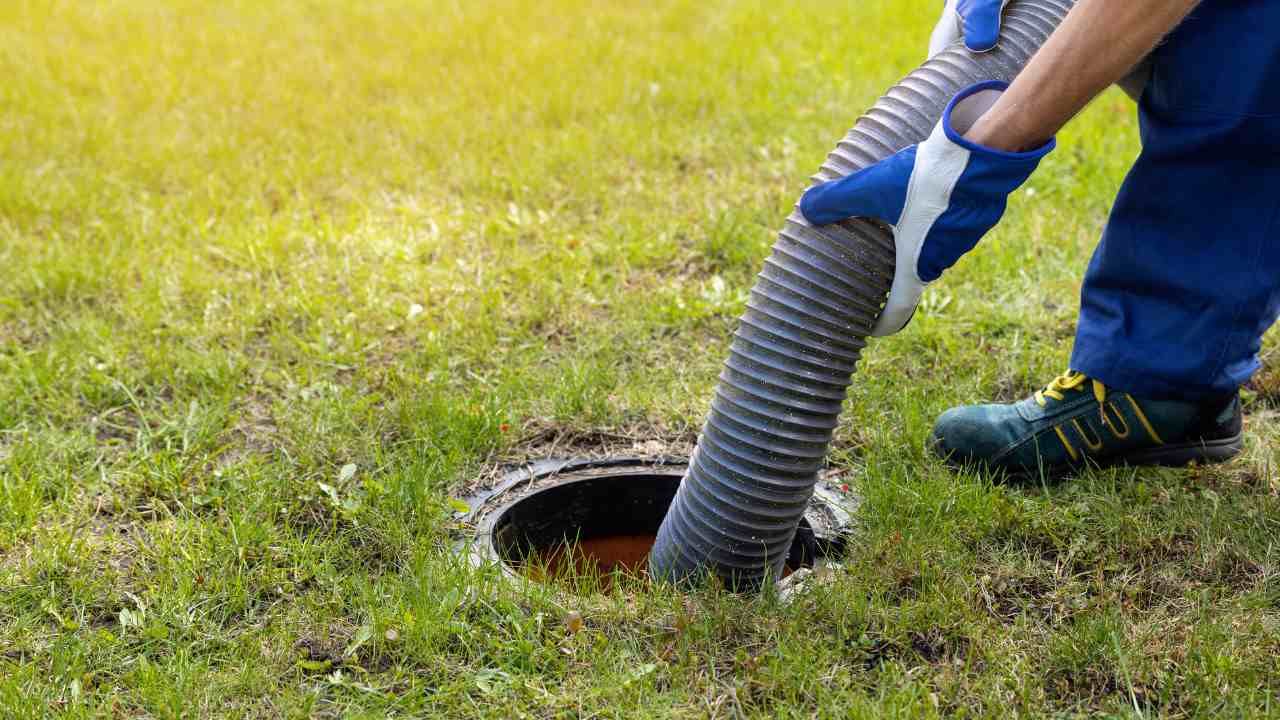
A well-maintained septic system is essential for keeping your home’s plumbing running smoothly. Yet, many homeowners aren't sure what to expect when it comes time for septic tank pumping. How often should you do it? What happens during the process? And how can you ensure your system stays in top shape afterward? This guide breaks it all down.
How Septic Tank Pumping Works
Septic pumping is more than just removing waste—it’s a critical part of keeping your system healthy. Here’s a breakdown of what happens during a professional service:
- Inspection and Locating the Tank – If the lid isn't easily accessible, the technician will locate the septic tank and uncover the access points.
- Sludge and Scum Measurement – Before pumping, the technician checks the levels of sludge and scum to gauge the system’s condition.
- Pumping the Tank – Using a high-powered vacuum, all solids and liquids are removed to prevent buildup that could lead to system failure.
- Backflushing and Cleaning – Some services may use water jets to break down residual waste and ensure a thorough clean.
- Inspection of Baffles and Tank Condition – The technician checks for cracks, leaks, and worn-out components that could cause future issues.
- Final Steps and Tank Closure – Once everything is cleaned and inspected, the tank is securely closed, and the area is restored.
Regular septic pumping prevents costly backups and keeps your system functioning efficiently.
Signs Your Septic Tank Needs Pumping
Not sure if your system is due for service? Watch out for these warning signs:
- Slow drains and gurgling pipes – Waste buildup in the tank can slow drainage and cause unusual sounds.
- Sewage odors in the yard or home – A full tank can push waste gases back through drains or seep into the soil.
- Pooling water near the drain field – When a tank is overfilled, excess liquid can surface, creating wet spots in your yard.
- Lush green patches over the septic area – While a healthy lawn is great, extra-green grass near your tank could mean waste is leaking into the soil.
- Frequent plumbing backups – If plunging and snaking don’t fix the issue, your septic system may be overdue for pumping.
Ignoring these signs can lead to costly repairs, so it’s best to schedule service at the first hint of trouble.
How to Prepare for a Septic Pumping Service
Getting ready for a septic service appointment is easy and ensures a smooth process. Here’s what homeowners can do:
- Locate the Tank Lid – If you know where your tank is, clearing any obstructions like landscaping or heavy objects will save time.
- Make Space for the Service Truck – Technicians need access to your tank, so move vehicles or obstacles that could block entry.
- Keep Records of Past Service – Knowing the last time your system was pumped helps technicians assess its current condition.
- Note Any Issues You’ve Noticed – If you’ve experienced slow drains or odors, mention them so the technician can inspect for possible causes.
A little preparation makes the process faster and ensures technicians can do a thorough job.
What Happens After Pumping?
Once your septic tank is pumped, it's important to keep it in good condition. Here’s what to do:
- Monitor water usage – Reducing excess water prevents overloading your system.
- Avoid flushing non-degradable items – Items like wipes, feminine products, and grease can cause clogs.
- Use septic-safe cleaning products – Harsh chemicals can kill the beneficial bacteria that break down waste.
- Schedule regular maintenance – Pumping every 3-5 years (or as recommended) keeps your system working efficiently.
Keeping up with these habits ensures your septic system remains trouble-free for years.
Case Study: Preventing a Costly Septic Backup
A homeowner in Miami noticed slow drains and occasional sewage smells in their backyard. Thinking it was a minor plumbing issue, they delayed calling a professional. Within a few weeks, sewage began backing up into their home. When they finally called Septic Masters, a technician inspected the system and found the tank was overdue for pumping by several years. The excess waste had clogged the drain field, leading to costly repairs.
After a full tank pumping and system inspection, the homeowner learned the importance of routine maintenance. Now, they schedule regular septic service, avoiding unnecessary repairs and keeping their system running efficiently.
Schedule Your Septic Pumping with Your Septic Masters
Routine septic pumping is the key to avoiding messy, expensive problems. Whether you need a routine service or suspect an issue, Septic Masters is here to help. Our team provides expert services to keep your septic system in top condition. Call us today to schedule an appointment and ensure your septic system stays problem-free!
Ask Your Questions
Get In Touch, Leave Us A Message
We're committed to providing affordable and reliable septic tank services. Whether you need cleaning, maintenance, or repairs, our experienced team is here to help. Get in touch with us today and leave us a message to schedule an appointment or inquire about our services.

